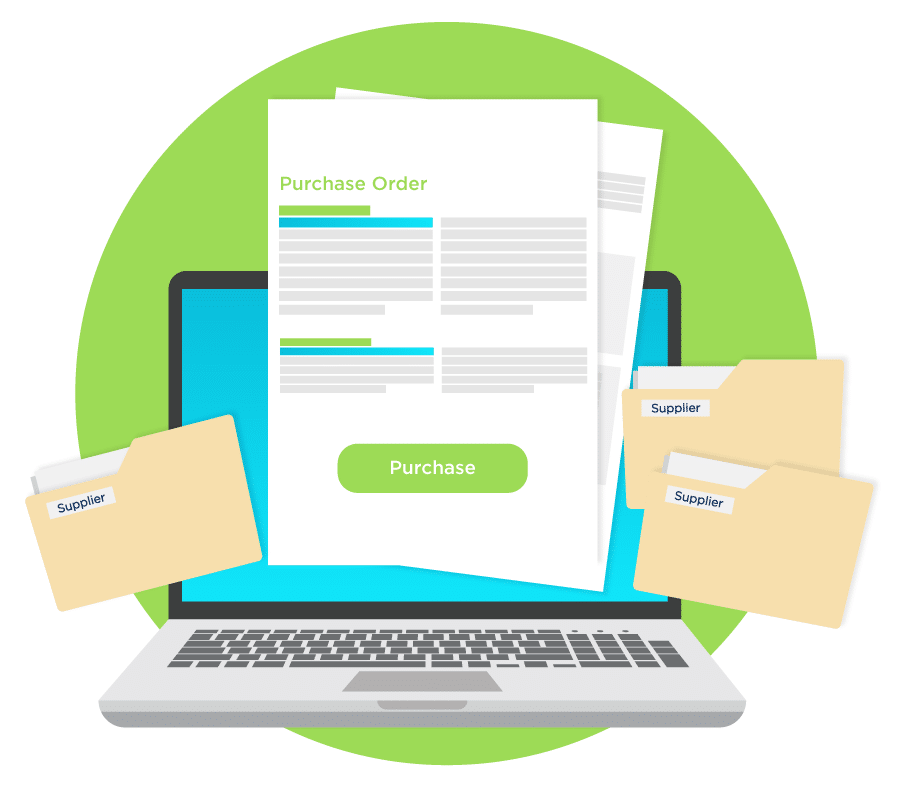Why is Vendor Risk Management so central to your success?
The vendors in your supply chain are core to your value chain, and the success of your business. Often more collaborator than vendor, the risk management of these relationships is important, to ensure that the issues a vendor is facing do not materially impact your own business.

Effective Vendor Risk Management: Using automation to achieve your goals.
The products and services your supply chain provides you with – and the problems they solve – are core to the value you create for your own customers.
The risks involved in these close relationships – interruption to supply, contractual breaches, compliance issues, or black swan events, as just a few examples – can be significant and have serious commercial, reputational, and even legal repercussions for your business.
These relationships are typically longstanding, deep-rooted, with complex operational, commercial, and contractual ties both ways. The vendor risks are complex, and vary from project to project and with each situation.
Vendor risk management involves and defining these risks early in a supplier-vendor relationship, through effective policy definition. These risks should be policed regularly throughout the commercial relationship for compliance against the policy, alongside any contractual performance metrics. Finally, should the unthinkable happen? There needs to be a rapid assessment of the risks a business is exposed to, their implications, as well as the creation of options that can address them. An effective vendor risk management frameworks need to be efficient, cost-effective, transparent, and part of the business as usual of an organization. Automation can provide powerful capabilities that allow vendor risk information to be captured, monitored, and reported on, allowing a business to effectively manage key elements of their business success.
Complexity requires a multi-layered approach
Complex supply chains mean that companies have to spend significant time and energy managing them.
The complexity grows with the scale and geographic scope of company projects that the supply chain is involved with.
A best practice approach to supply chain risk management is to implement several layers of capabilities to prevent issues developing, to mitigate the risks when they do, and finally address the key issues when they demand a response.
The first layer is effective policy management, to fully capture the corporate and core project core requirements, alongside the specification of the project and the contractual and commercial performance terms. These polices may cover issues as diverse as:
- Data management requirements
- Conflict of interest requirements
- Physical and technology security issues
- Staff screening and recruitment requirements
- Conduct on site
- Health and safety issues
- Escrow terms
This first layer lays down the foundation that should mitigate many risks in a supply chain. Ideally, it should be flexible, so it can adapt to different types of projects, and be scalable to support both complex and simple vendor relationships.
The second layer is an ongoing compliance review to ensure the suppliers to the business are continuing to adhere to the general policy, alongside the performance of the contract. The policy and the compliance elements are interlinked, and are centralized to make the best use of accurate and consistent data.

The final element of vendor risk management is responding effectively to a vendor issue that has the potential to impact one of your core business processes. Here the ability to be able to have a searchable database for all the up to date information about that supplier, to understand the scale and scope of the potential issue, as well as the scale of its involvement with the business are very important. It helps to generate options, and inform the final plan, whether it be to seek a new supplier, or halt the impact business process or devise a customer communications plan.
Automation solves the challenge
The challenge for any organization is that much of this risk information is typically held in multiple silos, in multiple formats, whether on shared drives or applications (with limited access and expertise), in email systems, or worse, in the heads of staff members. While being highly flexible and aligned with how people manage their day-to-day, this approach lacks transparency and auditability, as well as being inefficient.
The optimal approach to effective vendor risk management is to utilize automation to provide an enterprise-wide risk policy and compliance framework, that is flexible enough to adapt to the differing departmental, project, and corporate policies. It should be easy to use, search, and provide reports. There is also a premium in implementing a solution that adapts to the needs and processes of the business, with no disruption.
Solutions for Vendor Risk Management
Mitratech offers a range of powerful solutions for Vendor Risk Management, allowing you to address your needs comprehensively and efficiently. Their proven, flexible capabilities help you enhance your compliance, and balance the needs of your business and your regulators.
Vendor Risk Management
A vendor risk management software solution like VendorInsight helps your company gain visibility into risk factors within your vendor network or supply chain, allowing you to mitigate problems before they occur and cause damage to your operations or enterprise.
Policy Management
A policy management solution such as PolicyHub can save time and improve efficiency in creating, approving, and communicating policies, intelligent distribution, knowledge assessments, and reporting, while also giving an organization a defensible compliance program.
Compliance & Obligations Management
A compliance and obligations management solution, like Mitratech’s CMO offering, uses a simple, intuitive interface to let employees and auditors be proactive in incident and audit management, including vendor-related obligations, controls, investigations, and non-conformance reporting. Easily report incidents, understand your obligations, and continuously improve your compliance performance.

